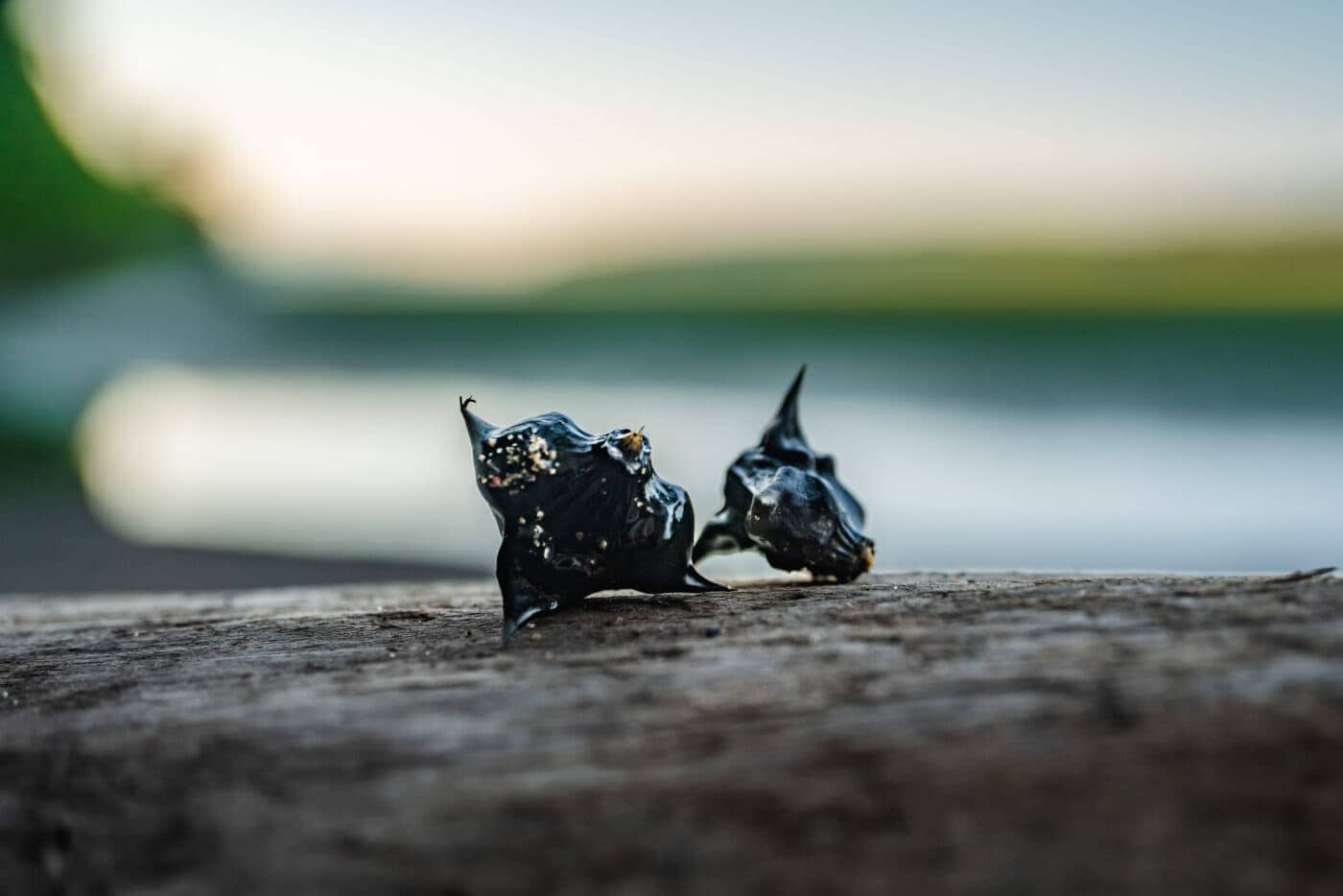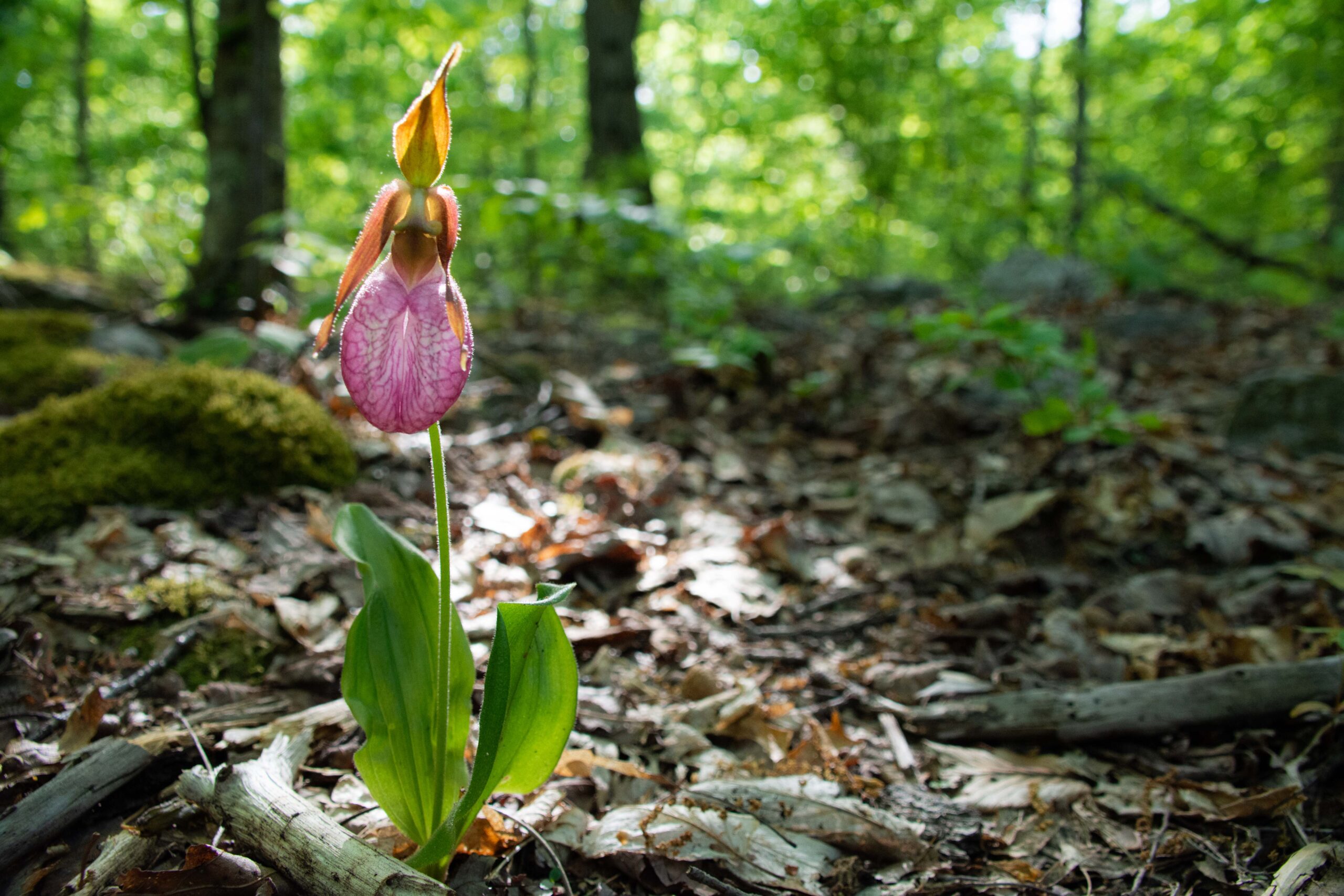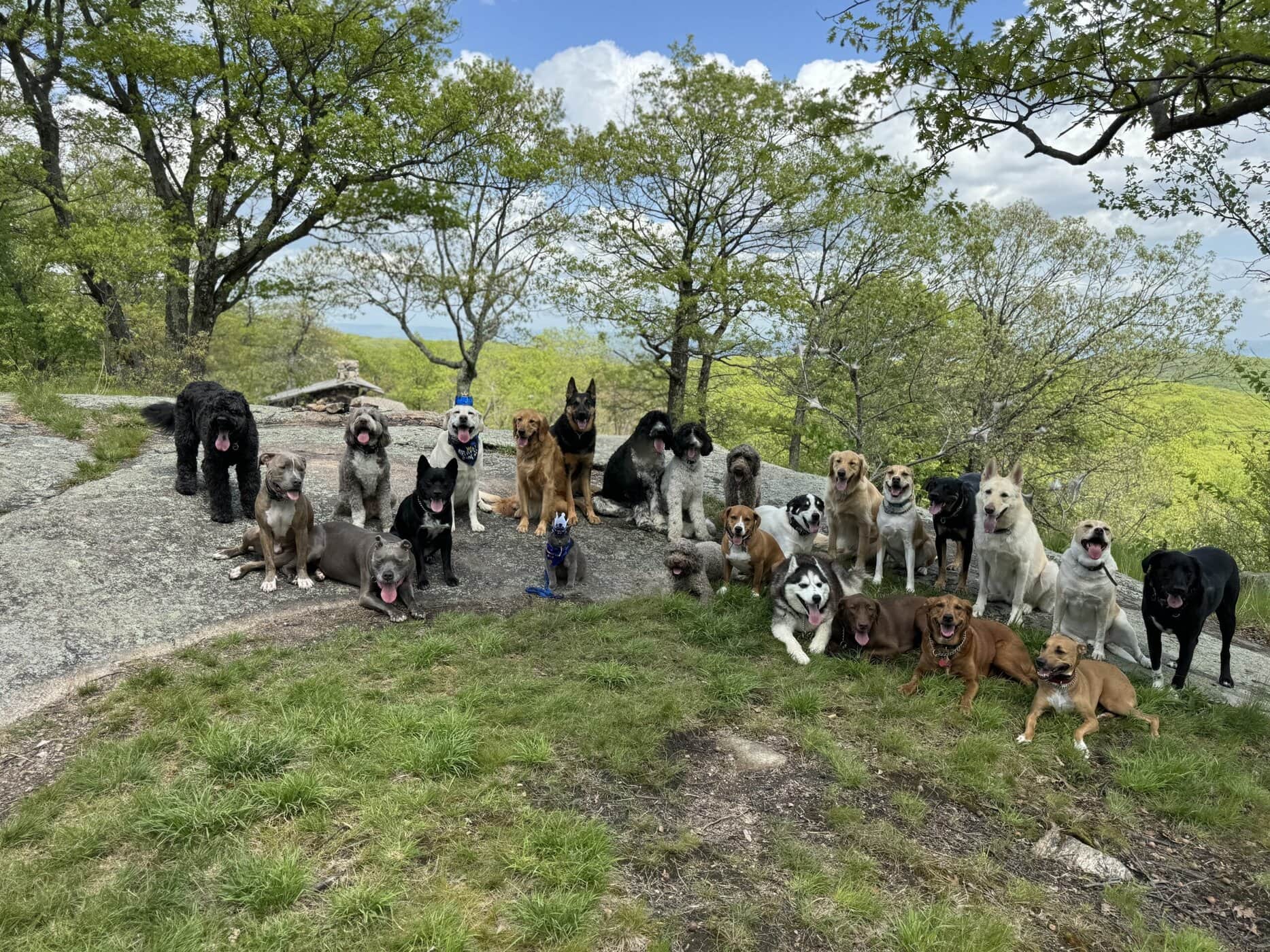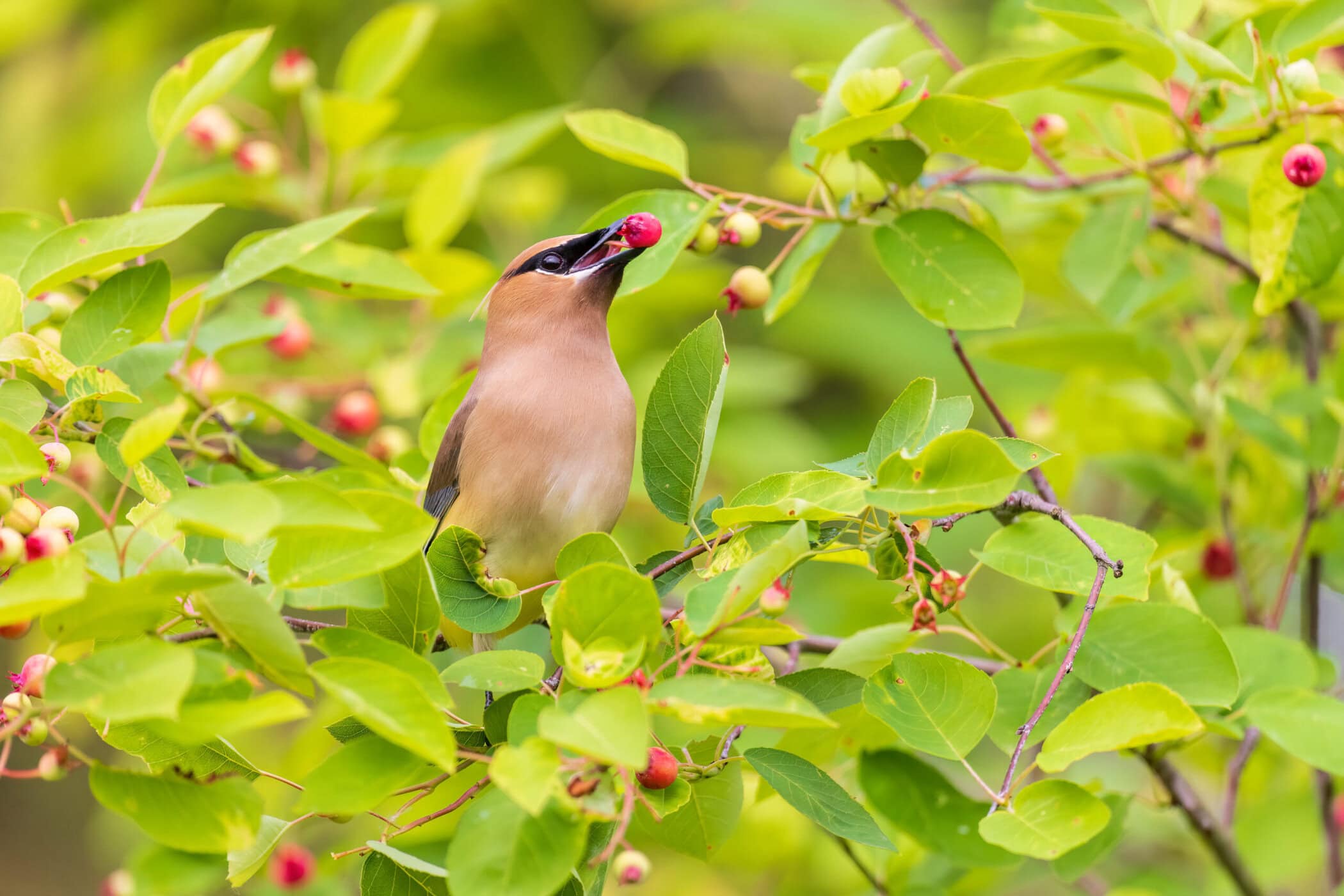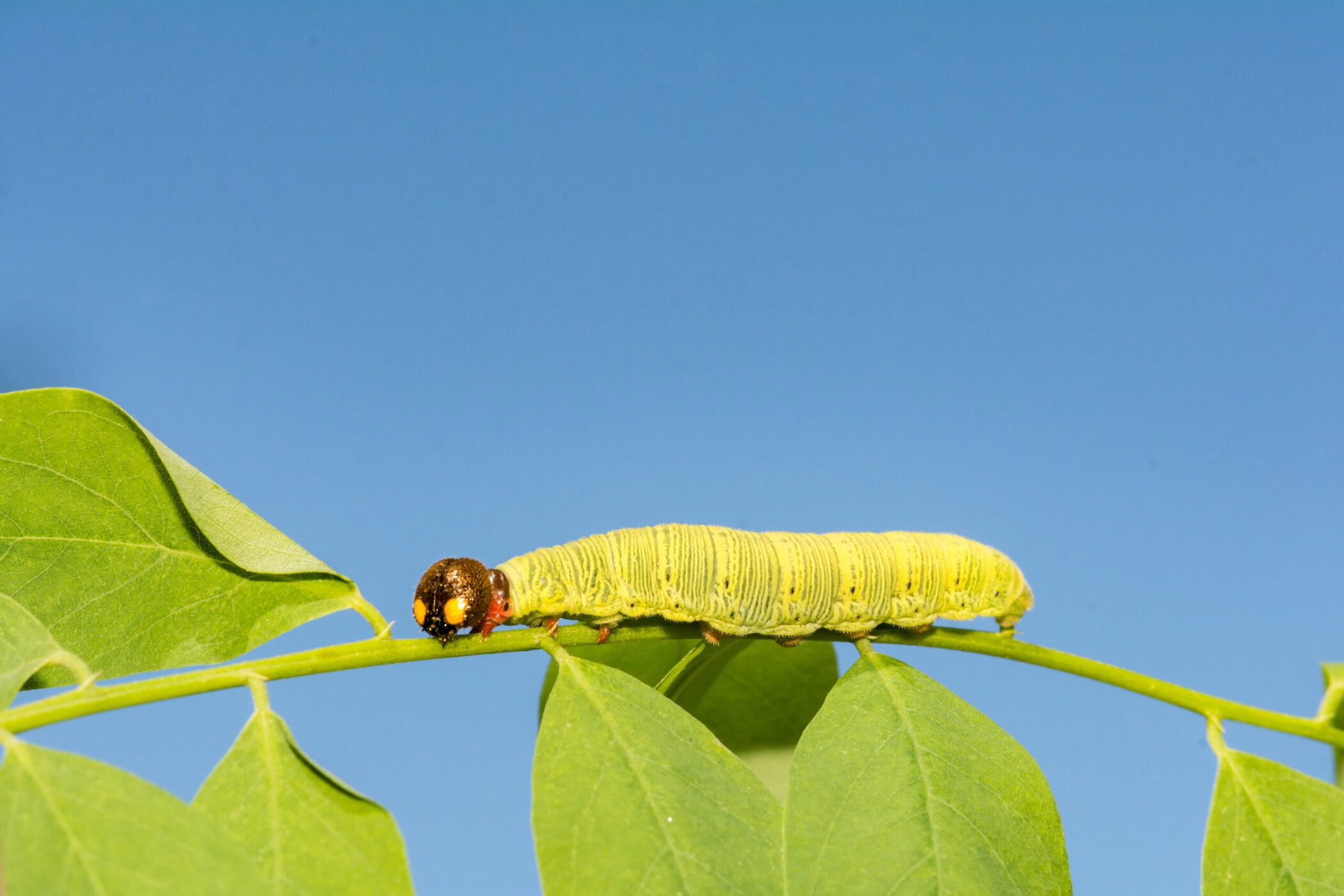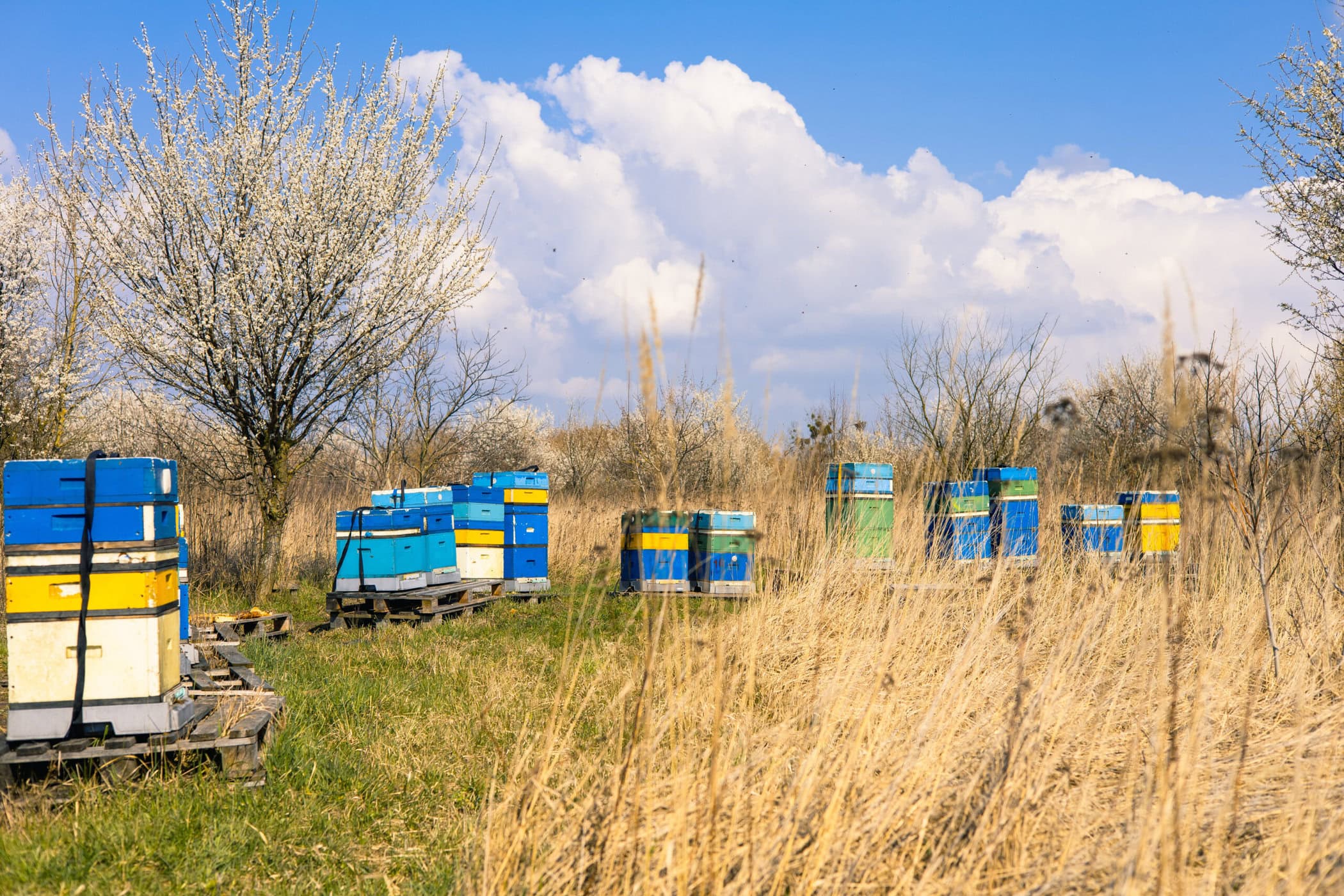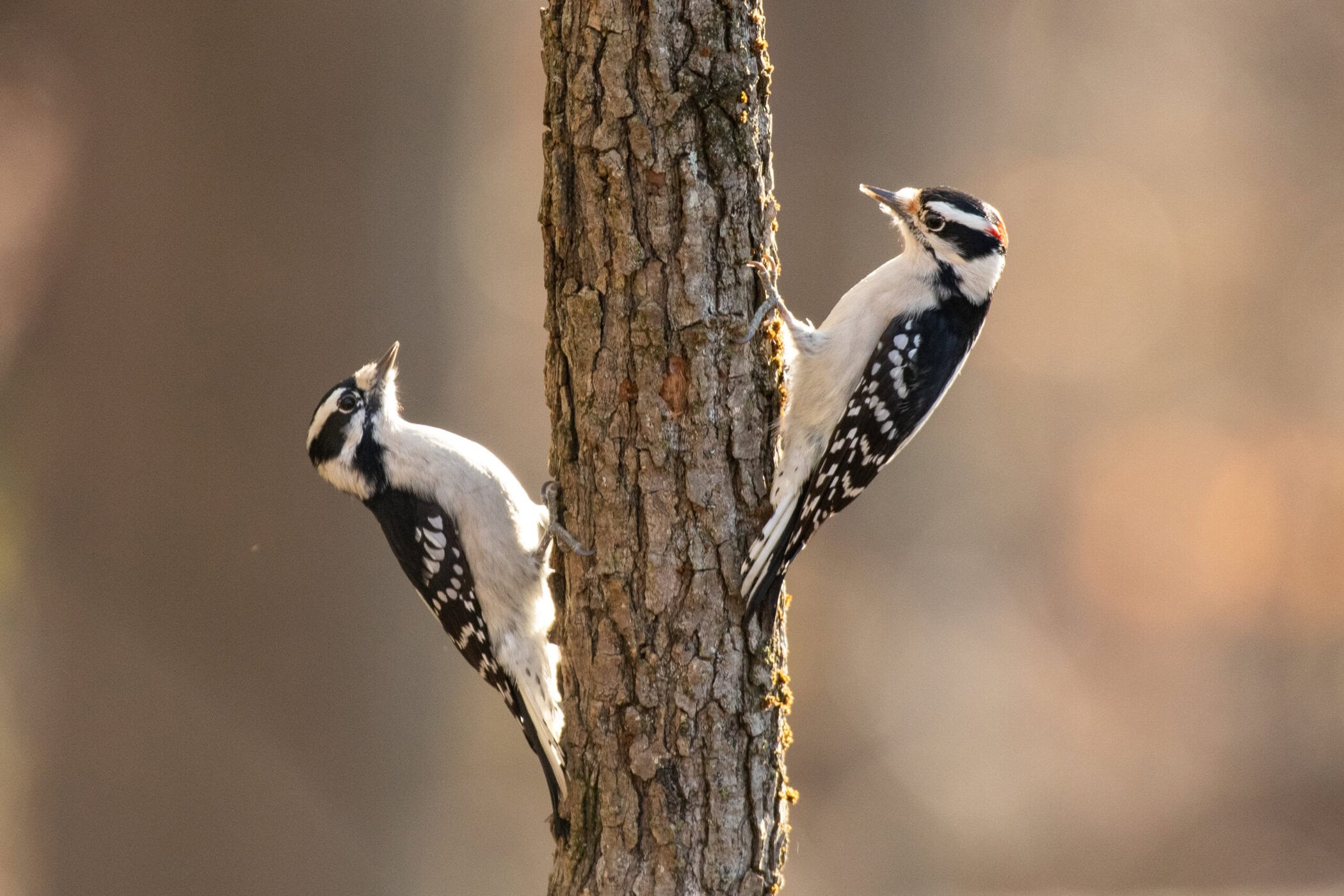When it comes to invasive species that have affected the Hudson River, water chestnuts are one of the most common. Imported to North America from Eurasia in the 19th century as an ornamental plant, the aquatic plant’s impenetrable floating beds and painfully spiny seeds are familiar to anyone who has spent time in many places along the river’s shoreline.
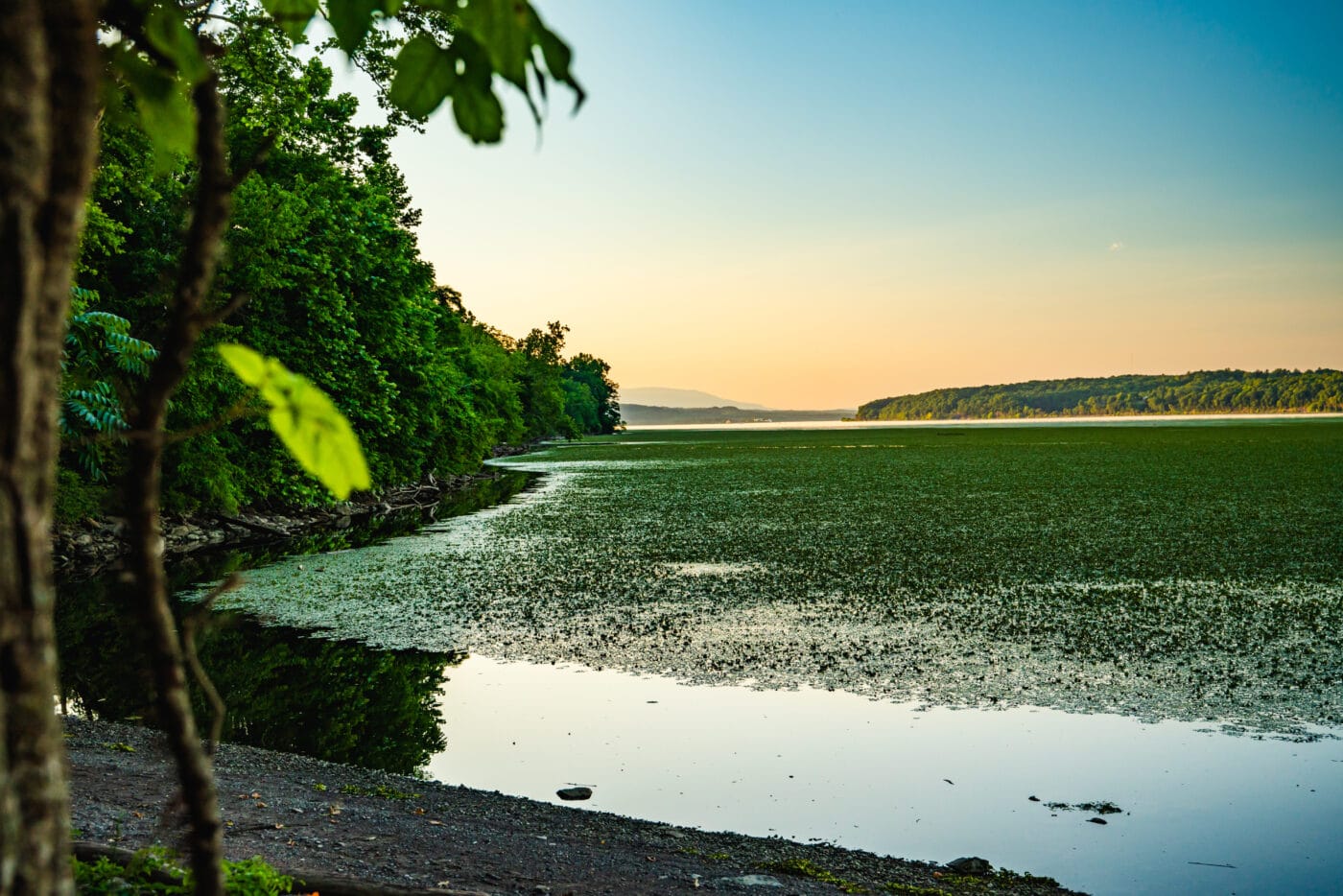
But are they all bad? Like the ecology of the Hudson River itself, it’s complicated.
“It’s easier to say water chestnuts are bad,” says Dave Strayer, a freshwater ecologist with the Cary Institute of Ecosystem Studies in Millbrook. “But it isn’t quite that simple.”
The negative effects of water chestnuts are well documented. Perhaps most prominent are the impacts on recreational access to the river. Rooted in the shallow-water sediment, with hearty stems and dense beds of floating leaves, water chestnuts can make it nearly impossible to get out onto the river from shorelines.
“You could almost walk out on the beds, it’s that thick,” says Dan Vedder, director of parks, buildings and grounds for the Town of Esopus in Ulster County. “You could probably get through it with a kayak, but by the time you did, you are going to be so exhausted, you’re not going to want to do any kayaking when you get out in open water.”
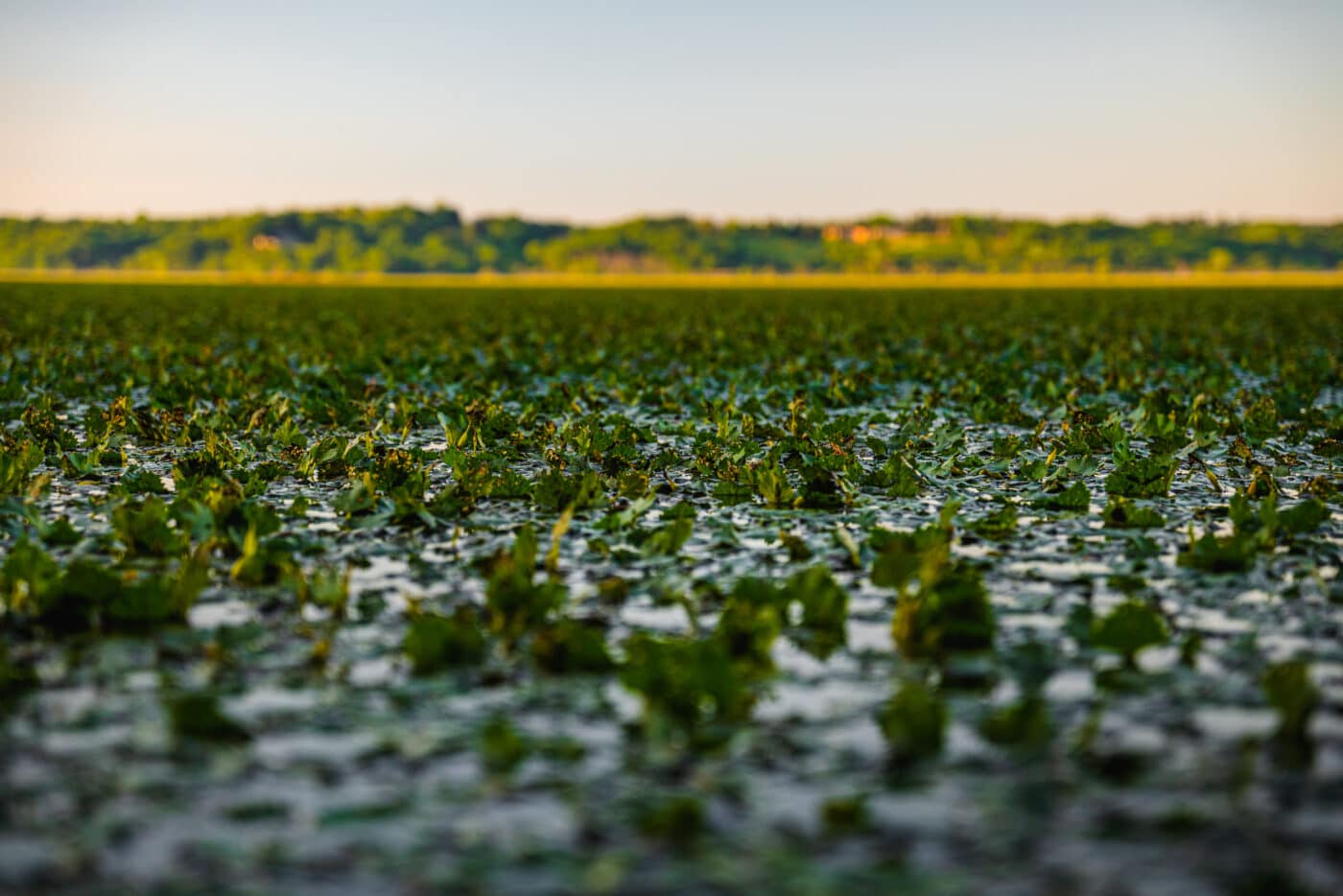
Esopus has turned to mechanical measures to weed out problem areas. In 2009, the town received a grant to purchase a floating, mechanical waterweed harvester, christened “Chester.” Cutting began in earnest in 2011 in the northern portions of the town, along George H. Freer Memorial Beach.
Volunteers riding the large, orange harvester typically head out in June and keep working until mid-August. In some years, workers have made more than 50 trips onto the river totaling more than 150 machine hours. Vedder says that without the volunteer help, the town would never have been able to afford the program.
In 2017, the town began using the machine to open up a water trail path at Scenic Hudson’s Esopus Meadows Preserve. A little further north from Esopus, town and village officials in Saugerties acquired a similar machine in 2020.
Vedder says that while regular cutting is necessary, it can have a cumulative benefit.
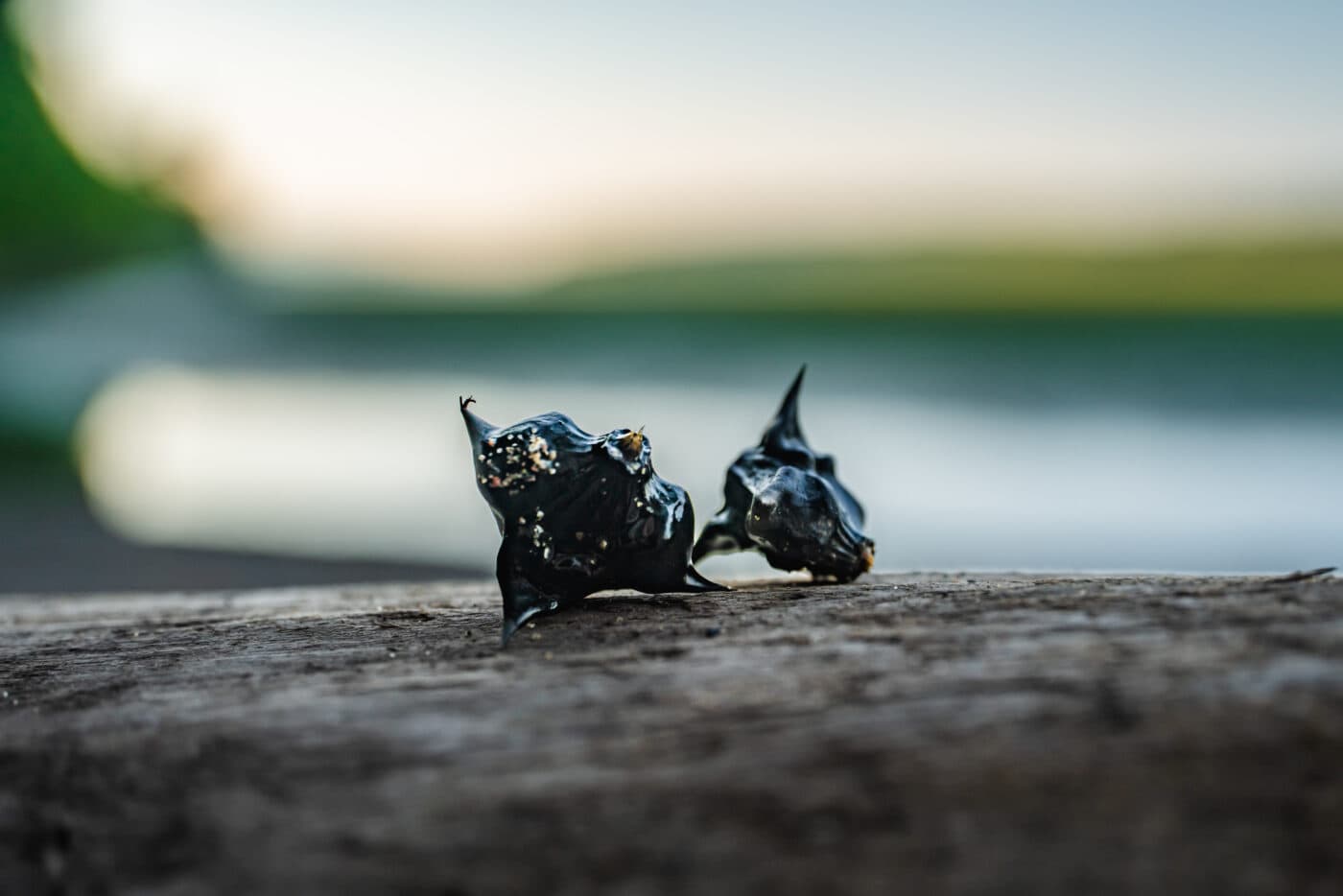
“We are winning the war in the places where we are doing it,” Vedder says. “We can go a year without cutting anything and you wouldn’t realize it. But anything over a year, you start to get back in trouble again.”
In addition to limiting access, water chestnuts limit — or at least change — the ecology of the shallow areas in which they thrive. Since sunlight cannot penetrate the leafy cover, little to no photosynthesis occurs.
“At the same time, there is a huge amount of water chestnut leaves, roots, stems, and rotting organic material in those water chestnut beds, so there is a huge amount of respiration occurring,” says Strayer, the freshwater ecologist. “So you get this transformation to a point where you have this dark, oxygen-free area.”
That spells doom for many native plant species and fish — but not all.
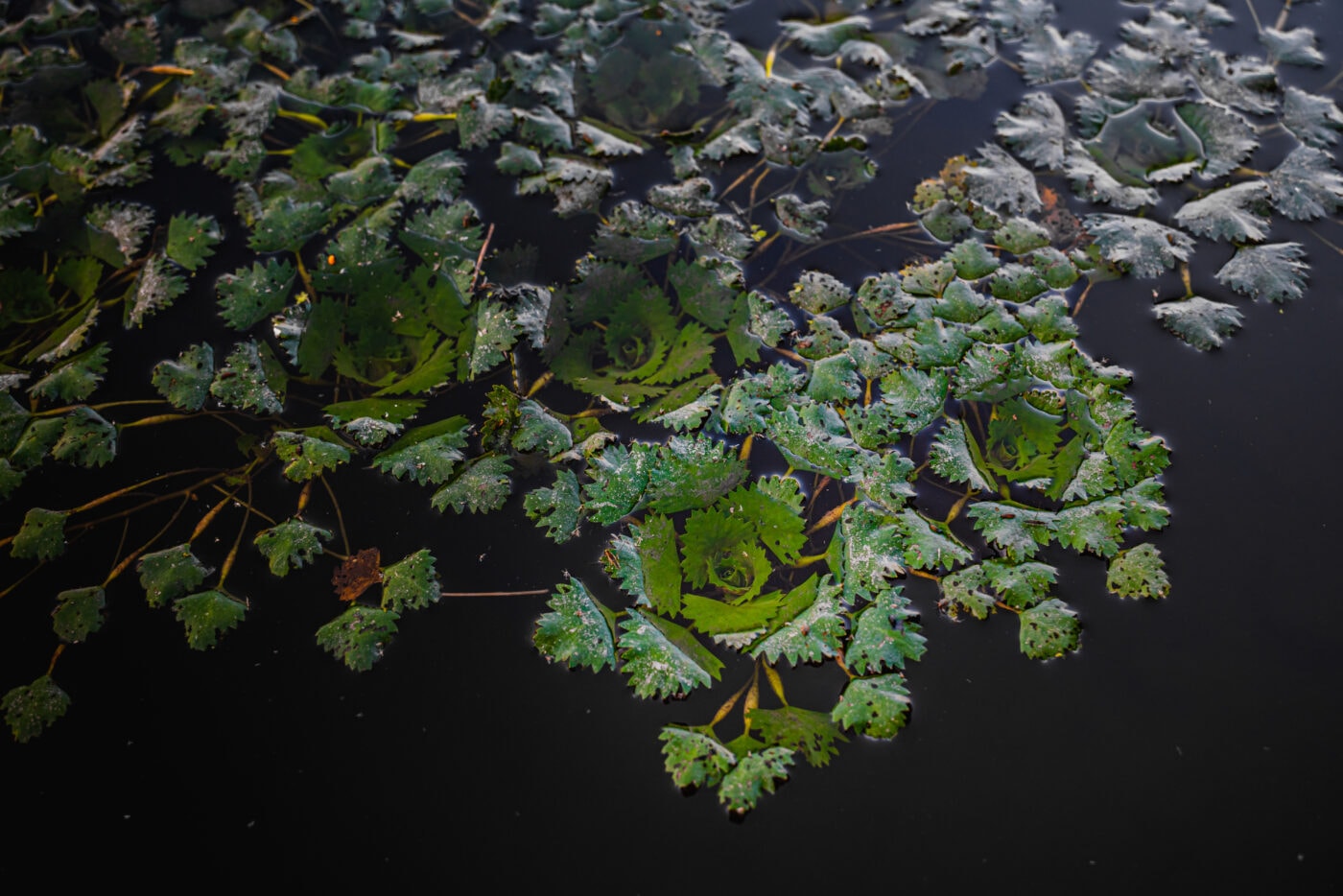
Strayer says studies have found that some fish do live under the beds, though it is unclear how they manage to exist in the low-oxygen environment. The areas under beds are also home to significant numbers of invertebrates such as insects and crustaceans.
“We know that even though there is not much oxygen, there really are a lot of animals living in those beds,” Strayer says.
Devin DiGiacopo, the aquatic invasive species program coordinator for the Lower Hudson Partnership for Regional Invasive Species Management, says it is almost certain that the dark, oxygen-free environment suppresses the development of phytoplankton — and in turn, zooplankton, microscopic crustaceans that are a critical food source for many river species.
Whether the water chestnut beds have displaced any species from the river is a difficult question to answer, scientists say.
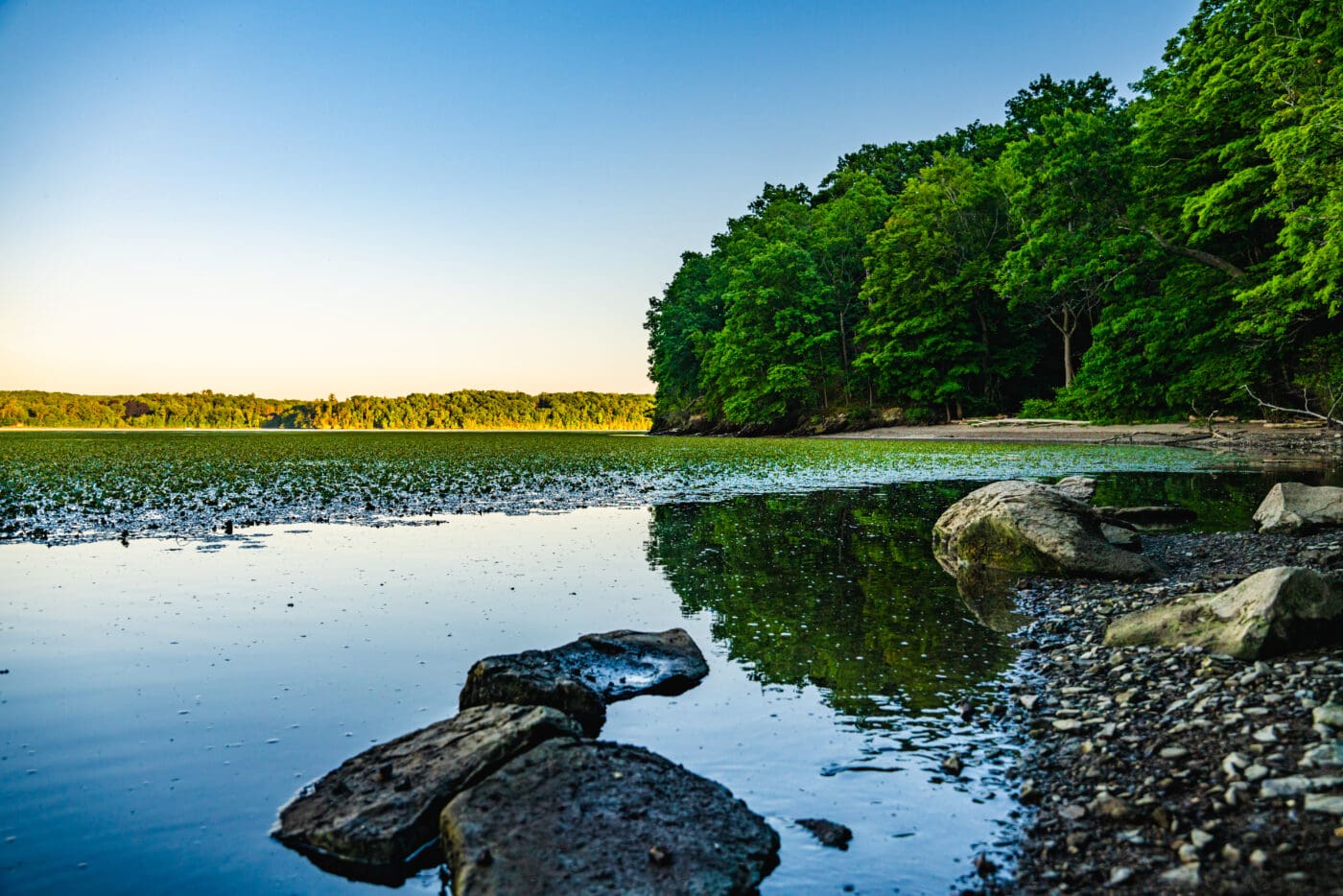
“My guess would be no, that they haven’t displaced species from the entire river,” DiGiacopo says. “The reality is any species that have disappeared from the Hudson were probably impacted by a whole bunch of things.” Pollution, overfishing, and habitat destruction are among the examples.
The low-oxygen environment has another effect — it helps clean the river of nitrate pollution caused by agricultural runoff and sewage effluents. As the oxygen levels fall to near zero, nitrates born by the runoff are converted into gases such as nitrogen, which makes up 78% of the Earth’s atmosphere.
“It’s like a get-out-of-jail-free card, as far as the pollution goes,” Strayer says. “The amount of nitrate destruction that is occurring in these water chestnut beds is large enough to be quite significant in the nitrogen budget of the river.”
The concentration of beds in the river appears to be peaking. A 2018 report by the state Department of Environmental Conservation on subaquatic vegetation in the Hudson found that the expansion of water chestnut beds has slowed and that levels of water chestnuts “may be reaching a state of equilibrium” with other subaquatic vegetation.
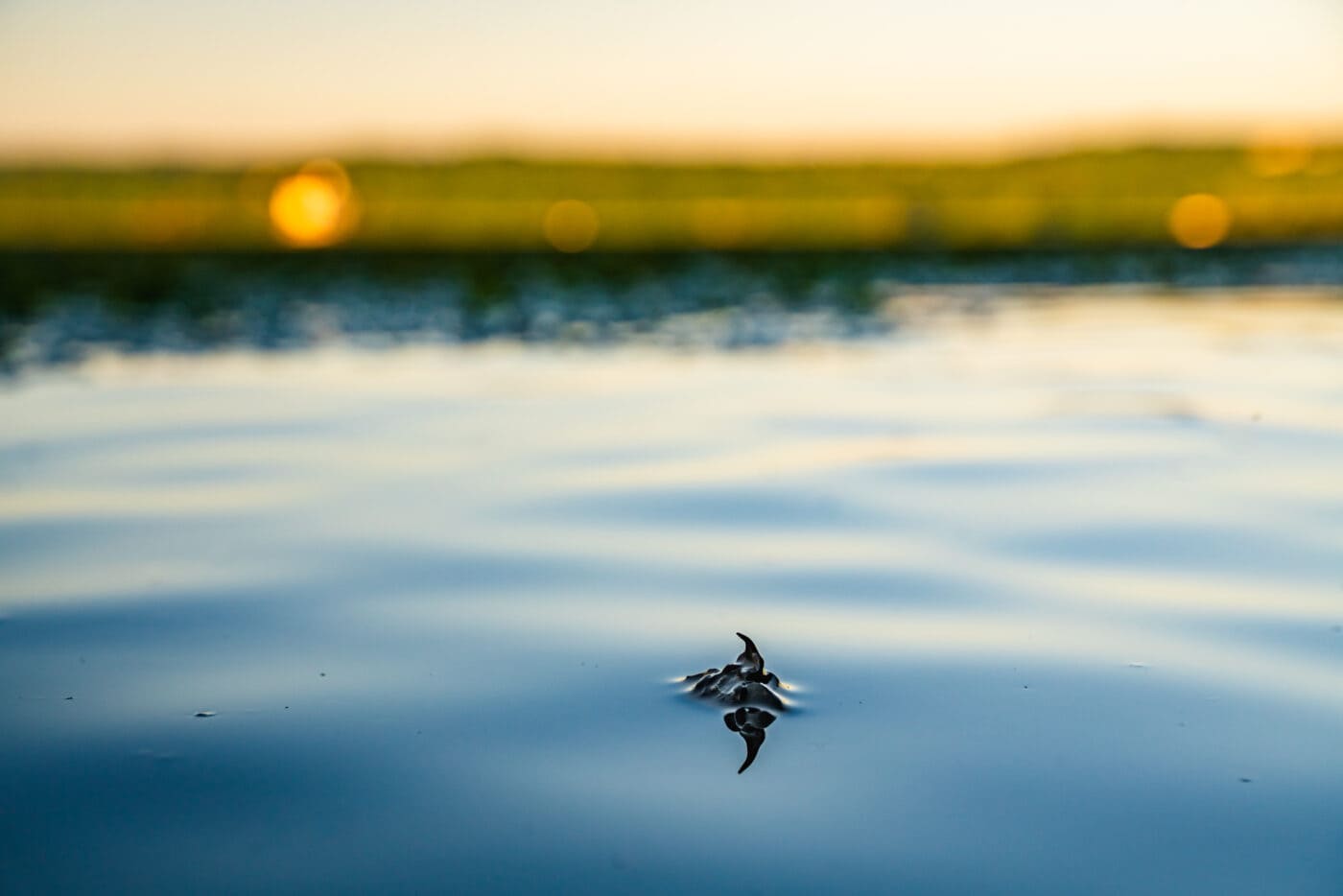
While it is unclear how climate change may affect the ecology of the river, DiGiacopo says water chestnuts in the Northeast and Canada are living in conditions that are “right in their comfort zone,” and any increases in temperature are unlikely to have a significant impact.
Both scientists agree that the best solution is to combine removal efforts like the one in Esopus and other localities with efforts to limit runoff and other forms of pollution that spill into the river.
“In a perfect world,” Strayer says, “everyone who uses and benefits from the Hudson would take this as a challenge.”


